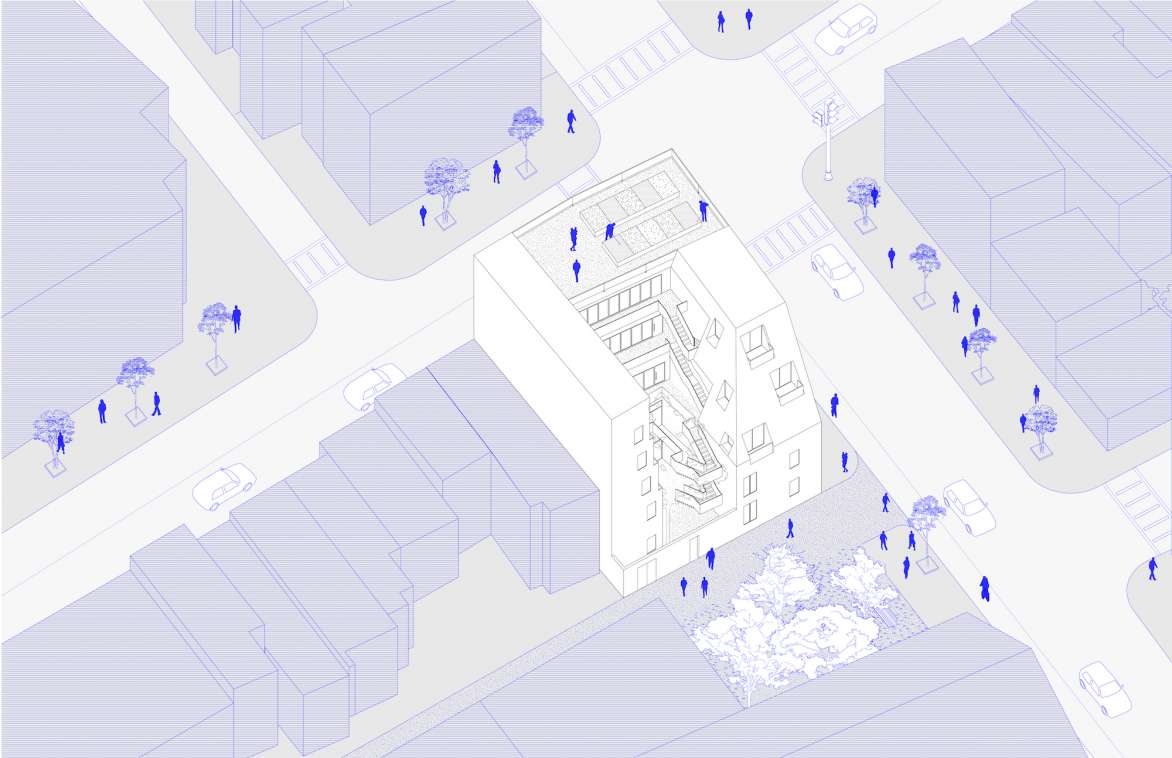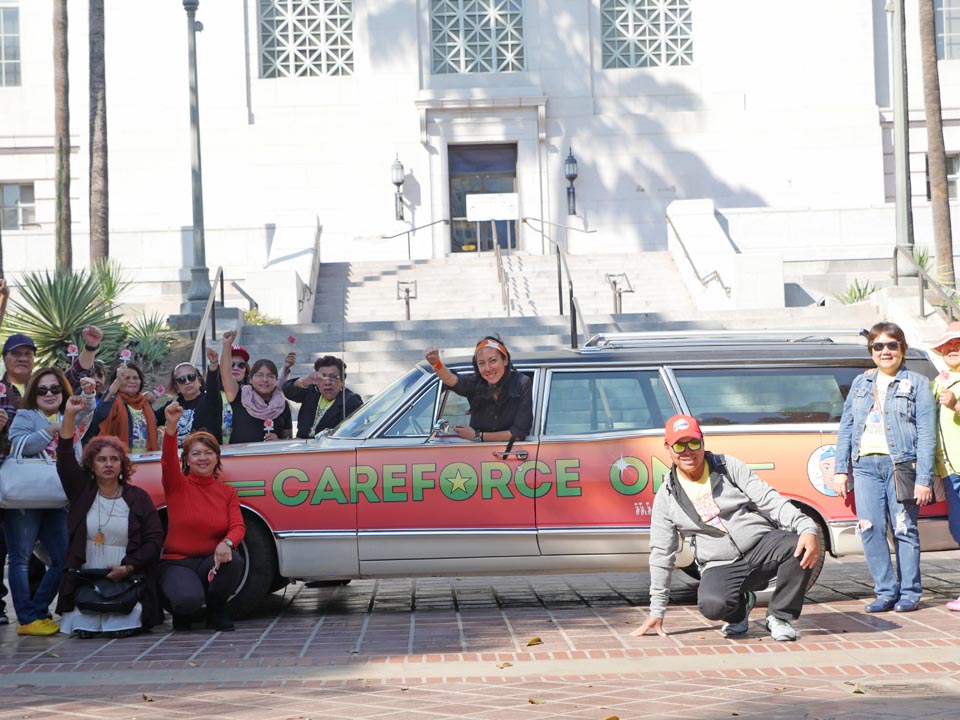In his rigorous article for The Nation (July 16, 2021) Bryce Covert asks, “if Americans approached aging and disability not as an individual crisis but as a collective responsibility, what kind of safety net could we build?”
Citing both structural obstacles as well as solutions, Covert highlights Carehaus. “Someday people who need assistance might choose to live in something like Carehaus, a residence where the elderly, caregivers [and their families] live together. Artist and filmmaker Marisa Morán Jahn and architect Rafi Segal, who are launching the first Carehaus next year, started the project because of their personal experiences [with care].”
Coverts asserts that “caregiving is already a crisis for American families, but it’s only going to get worse, and quickly. From 2018 to 2030, the number of Americans age 65 and older is predicted to increase by more than 60 percent. By 2034, the country is expected to have more seniors than children. This growth, fueled by the aging baby boom generation, “is unprecedented in the history of the country,” [Kenneth] Knapp, [director of the Center for Long-Term Care at New York Medical College] said.”
Designed by architect and Associate Professor Rafi Segal with artist and ACT lecturer Marisa Morán Jahn (SMVisS ’07) — Carehaus is the U.S.’s first intergenerational care-based co-housing project, employing an ethos of development without displacement.
Designed for care and living, Carehaus’ communal areas enable shared meal-times, past times, relaxation, and more. Congregate care makes caregiving more efficient and safer: caregivers can take turns keeping an eye on those who need close monitoring such as patients suffering from memory loss or supporting each other in tasks that otherwise pose muscular-skeletal challenges such as leaning over to lift heavier elders. Reciprocally, elders can help watch over the children of caregivers. This socializing reduces the cost of childcare, keeps elders mentally fit, and passes on invaluable cultural knowledge. Caregivers receive monthly wages for their labor, alongside health insurance, employee benefits, and strengthened creditworthiness.










